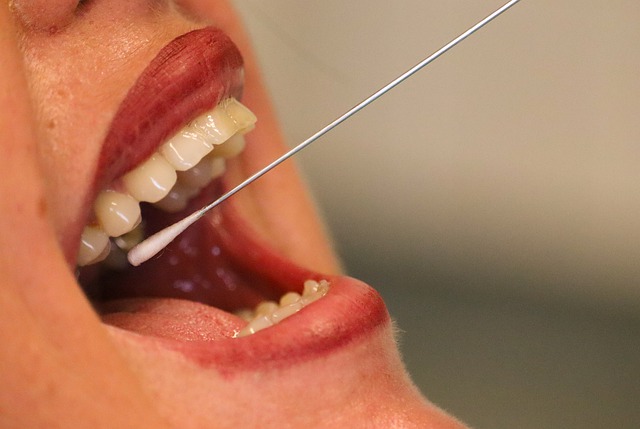In this December 27, 2021 guidance, the US Centers of Disease Control and Prevention (CDC), shortened the recommended time for isolation for people with COVID-19.
According to the CDC, “People with COVID-19 should isolate for five (5) days and if they are asymptomatic or their symptoms are resolving (without fever for 24 hours), follow that by 5 days of wearing a mask when around others to minimize the risk of infecting people they encounter.” This guideline is applicable to the general population, regardless of vaccination status.
The CDC says that this change is motivated by the science showing that transmission occurs in the early course of the illness, typically 1-2 days prior to the onset of symptoms and 2-3 days after.
The quarantine period for those who have been exposed to COVID-19 has also been shortened. Unvaccinated individuals exposed to COVID must quarantine for 5 days, followed by another 5 days of strict mask use. The CDC adds, “if a 5-day quarantine is not feasible, it is imperative that an exposed person wear a well-fitting mask at all times when around others for 10 days after exposure.”
Editor’s Note: We must say that though many epidemiologists rejoice at this new CDC guidance, such a recommendation is actually overdue. This exact recommendation has been put out in 2020 by Christian Drosten and some researchers from Singapore [read Singapore study shows COVID-19 patients no longer infectious after 11 days, German virologist: Coronavirus infectiousness over in five days].
Moreover, the reality that positive RT-PCR tests cannot measure infectiousness (and hence, should not be used as a measure of transmission) has been available since last year [see New study proves that RT-PCR positivity should not be used as a measure of infectiousness, Sweden: PCR cannot be used for diagnosis, Manitoba Government Chief Microbiologist: 56% of positive “cases” are not infectious, but products of misleading RT-PCR tests, WHO finally admits the problem of PCR tests, The danger of over-reliance on RT-PCR tests, New York Times: More experts questioning RT-PCR testing, RT-PCR tests are scientifically meaningless].
Why did it take the CDC a long time to update their guidance when the data has been available for over a year?
We wonder, too, whether the Philippines will implement this same guidance. Will Philippine health authorities insist on using March 2020 policies despite the new scientific facts about COVID? We ask because the government has been selectively choosing which policies to implement in the country without backing up their decision with science.
As a case in point, in 2020, the Philippine government rolled out mass testing for citizens despite CDC guidance on asymptomatic testing [read CDC changes guidelines for testing: No more test for asymptomatics]. Such a policy continues to date as many local government units (LGUs) impose testing requirements for travelers. Moreover, the regular testing for unvaccinated on-site workers imposed by Resolution 148-B of the Inter-Agency Task Force for the Management of Emerging Infectious Diseases (IATF) offers no benefit for the control of the pandemic as a majority of these workers being tested are not sick [Read Why COVID-19 is guaranteed to never end to know why indiscriminate testing will only worsen the pandemic. Also, read The issue with RT-PCR testing and lockdowns: The Achilles’ heel (weakness) of the Philippine government when faced with legal challenges].
Given these changes in the CDC guidance which they say is “based on science”, we must ask, what is the basis of the Philippine government for its quarantine and testing policies?
Read Original Article
Read Online
Click the button below if you wish to read the article on the website where it was originally published.
Read Offline
Click the button below if you wish to read the article offline.
